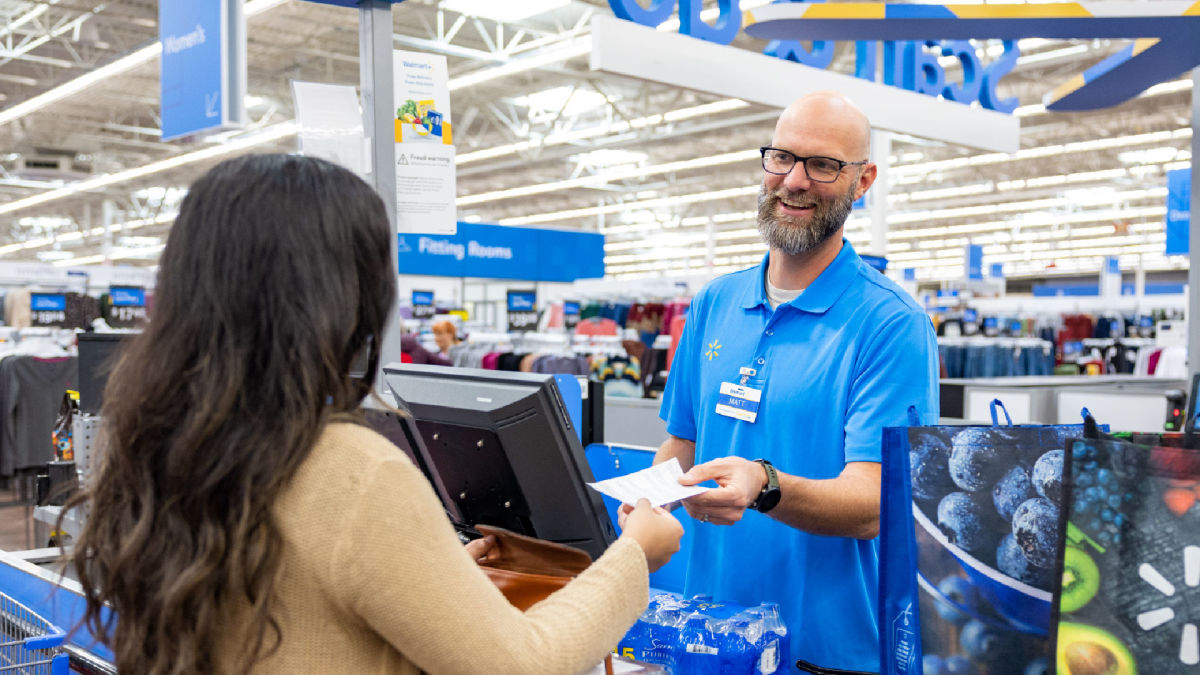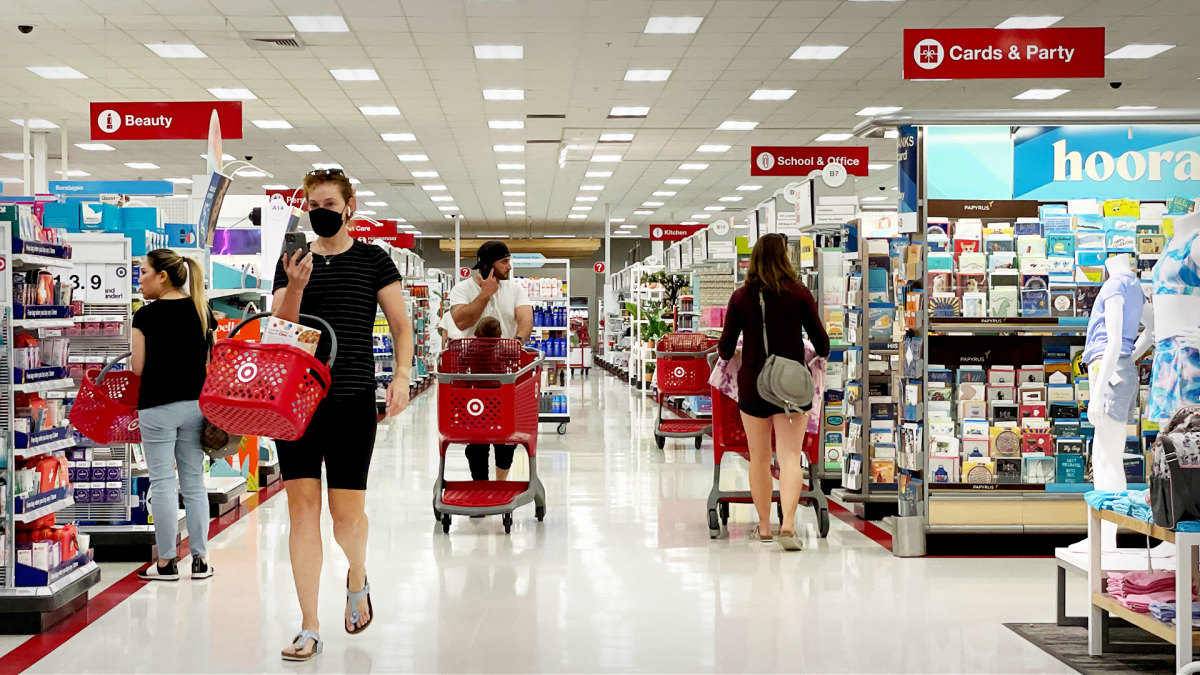
Retailers want to spend the least amount of money to drive the best possible customer experiences.
The challenge comes in that saving money often means fewer workers and replacing checkout clerks with self-checkout.
Not having a person scanning customer purchases does save money, at least in wages, but also comes with problems, according to Grabango Chief Executive Will Glaser.
"Self-checkout machines are a huge driver of shrink, with losses totaling 3.5% of sales — or more than 16 times more than traditional cashiers," according to data from Glaser's company, the Berkeley, Calif., shopping-technology-software provider.
"Retail theft costs U.S. retailers $100 billion a year — based on market size of nearly $1 trillion and partial shrink rate of 3.5%, self-checkout machines cost food retailers more than $10 billion in lost profits annually."
Related: Essential retailer faces key deadline in Chapter 11 bankruptcy
Glaser has skin in this game. His company sells a self-checkout system used by a number of retailers, including some Circle K locations, nationwide.
His company's product enables customers to open an app when they enter a store. The app then tracks the items shoppers place in their carts. On the way out, they scan a code and get charged for the items.
The system is not too different from Amazon's Go technology, but is scaled for larger stores that were not purpose-built for the system.
"The system is unobtrusively located above the shopping area. The system monitors the location of all products whether on the shelf, in someone’s basket or with a shopper leaving the store. Shoppers enter the store, select the items they want and exit without waiting in line," the company says on its website.
Major retailers including Walmart (WMT) -) and Target (TGT) -) have struggled with theft as have chains like Kroger and Publix. Most major retail chains have commented on rising shrink and organized retail crime during their earnings calls and in other public forums.
Glaser discussed the situation with TheStreet via email.

Image source: Justin Sullivan/Getty Images
TheStreet: What are big retailers like Target and Walmart doing wrong when it comes to shrink?
Glaser: One challenge most retailers face is they don’t know what causes shrink. They see shrink increase but they really don’t know why — it could be organized retail crime, supply-chain breakdowns, poor inventory controls, or something else entirely. Many big retailers base their reactions to shrink more on guesses than concrete data.
Organized retail crime, for example, is getting a lot of press, but Grabango’s research suggests partial shrink at self-checkout is a much bigger loss driver. Big retailers need better data and insights if they want to meaningfully reduce shrink.
TheStreet: What are they getting right?
Glaser: Leveraging advanced technology is critical for retailers to combat shrink. We use computer vision to automate check out, which eliminates shrink at self-checkout by accurately tracking exactly what shoppers pick up and put down while they shop. In addition, computer vision provides much better insights into where, when and how theft occurs, which retailers can use to provide targeted responses to crime.
TheStreet: Do the numbers really show a major increase in shoplifting?
Glaser: Shrink caused by theft is a large and growing issue for grocery and convenience store retailers. A large number of grocery, convenience and other food retailers have recently reported increases in shrink due to theft. Although some of these increases are due to organized crime, many of the wounds from shrink are self-inflicted.
For example, recent research from Grabango reveals self-checkout machines, which retailers have been adding over the past decade, are a significant driver of shrink, with losses amounting to 3.5% of sales.
TheStreet: How big a factor is self-checkout?
Glaser: Retail shrink costs U.S. retailers $100 billion a year (according to data from the National Retail Federation). Shoplifting and employee theft account for two-thirds of all shrink while internal process/control errors account for most of the rest.
Partial shrink is the most common and costly form of shoplifting, where a shopper pays for some of their purchase but not the full amount. For example, a shopper might have three cans of soda but only scan two of them, or might type in a code for a lower-priced produce item. Our research shows the vast majority of these activities occur at self-checkout.
Technology can solve the retail theft problem
In addition to Circle K, Glaser's company works with Chevron, Mapco and 7-Eleven Australia, as well as two of the top 10 global grocers and a large c-store operator in Latin America.
The CEO, of course, has a vested interest in touting technology as a solution to retail theft, but it may be a more practical solution than bringing more police to stores.
Walmart has done this by adding a police station in one Atlanta-area store, but that's not an easy retrofit or a possible solution given the number of affected retailers nationwide.
TheStreet: Are there answers to this problem beyond closing stores or a heavier police presence?
Glaser: We believe technology can have a meaningful impact on reducing theft. Grabango’s checkout-free technology uses computer vision to create a virtual basket as consumers shop by adding up what they pick up or put down. Automated systems don't lie, steal or discriminate. Shoppers are charged exactly what they owe, no more and no less.
For the average supermarket, eliminating partial shrink from self-checkout alone could increase bottom-line profits by more than 50% a year.
TheStreet: What is being missed in how this story has been covered?
Glaser: A lot of the discussion has focused on organized retail crime because it's more readily observable. While ORC is an important issue, partial shrink and other mundane types of theft (such as sweethearting by cashiers) are bigger drivers of shrink. [Sweethearting refers to checkout cashiers skipping scans of items for friends or family.]
Receive full access to real-time market analysis along with stock, commodities, and options trading recommendations. Sign up for Real Money Pro now.







